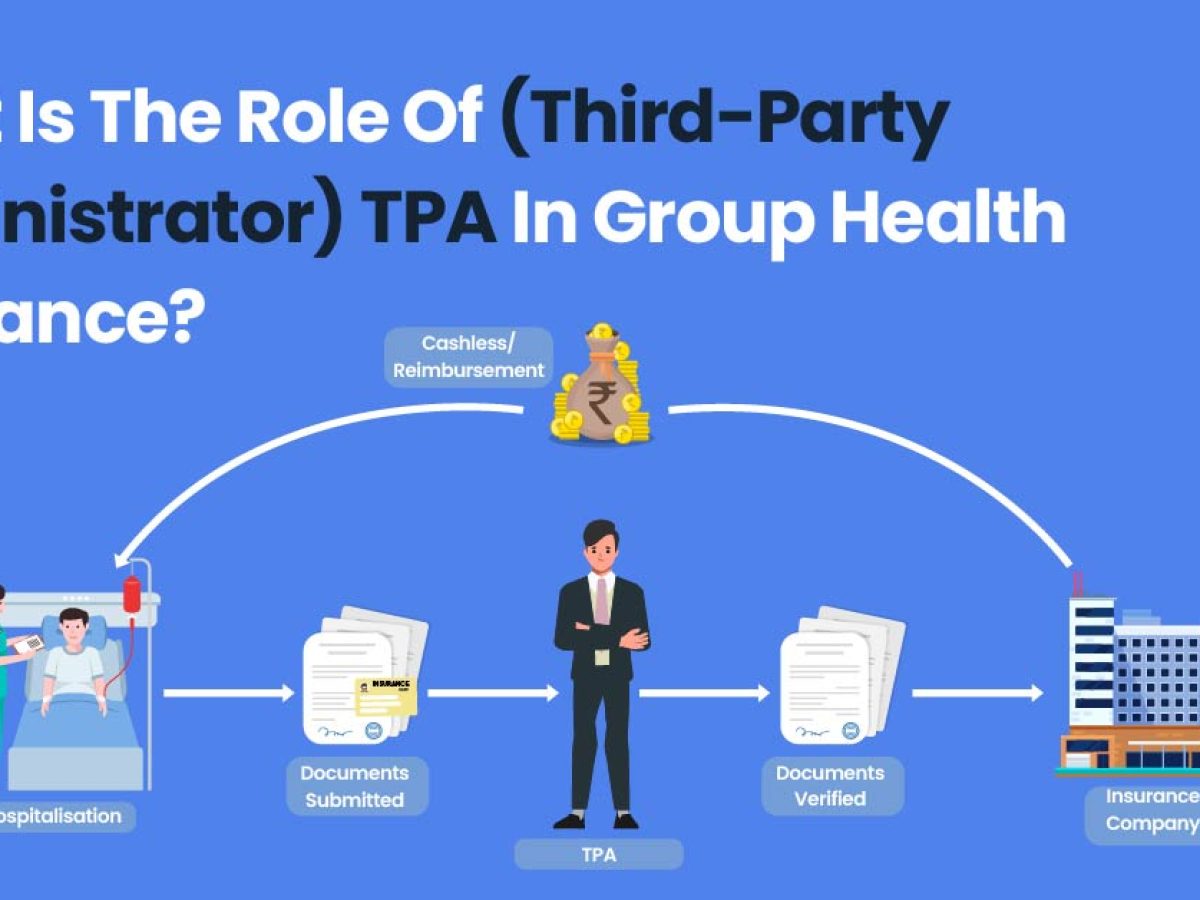The 6-Minute Rule for Pacific Prime
The 6-Minute Rule for Pacific Prime
Blog Article
Little Known Facts About Pacific Prime.
Table of Contents8 Easy Facts About Pacific Prime ShownPacific Prime Things To Know Before You BuyThings about Pacific PrimeThe Best Strategy To Use For Pacific PrimeThe 10-Minute Rule for Pacific Prime

This is since the information were collected for a duration of solid economic performance. Of the estimated 42 million people who were without insurance, almost about 420,000 (about 1 percent) were under 65 years of age, the age at which most Americans end up being qualified for Medicare; 32 million were grownups in between ages 18 and 65, around 19 percent of all adults in this age; and 10 million were youngsters under 18 years of age, regarding 13.9 percent of all youngsters (Mills, 2000).
These price quotes of the number of persons without insurance are created from the yearly March Supplement to the Existing Populace Survey (CPS), carried out by the Demographics Bureau. Unless otherwise noted, national estimates of people without medical insurance and percentages of the populace with various kinds of protection are based upon the CPS, one of the most commonly utilized resource of price quotes of insurance coverage and uninsurance prices.
The Definitive Guide for Pacific Prime
:max_bytes(150000):strip_icc()/terms_i_insurance_FINAL_-3556393b3bbf483e9bc8ad9b707641e4.jpg)
Still, the CPS is especially valuable because it produces annual quotes fairly promptly, reporting the previous year's insurance policy protection approximates each September, and due to the fact that it is the basis for a constant set of price quotes for greater than twenty years, allowing for analysis of fads in protection in time. For these reasons, along with the considerable use the CPS in other researches of insurance policy coverage that are presented in this record, we rely upon CPS price quotes, with constraints kept in mind.

The price quote of the variety of uninsured individuals expands when a populace's insurance coverage condition is tracked for several years. Over a three-year duration beginning early in 1993, 72 million individuals, 29 percent of the united state population, were without insurance coverage for at the very least one month. Within a solitary year (1994 ), 53 million individuals experienced a minimum of a month without insurance coverage (Bennefield, 1998a)
6 out of every ten without insurance adults are themselves used. Although working does boost the likelihood that one and one's relative will have insurance coverage, it is not a warranty. Also members of households with two full-time breadwinner have practically a one-in-ten possibility of being uninsured (9.1 percent uninsured price) (Hoffman and Pohl, 2000).
Pacific Prime for Dummies
New immigrants account for a substantial proportion of people without medical insurance. One evaluation has actually associated a significant section of the recent growth in the size of the united state without insurance populace to immigrants that got here in the nation between 1994 and 1998 (Camarota and Edwards, 2000). Recent immigrants (those who involved the United States within the past four years) do have a high price of being without insurance (46 percent), but they and their kids account for simply 6 percent of those without insurance coverage across the country (Holahan et al., 2001).
The relationship between medical insurance and access to care is well established, as documented later in this phase. The connection in between health and wellness insurance coverage and wellness results is neither direct nor easy, a comprehensive medical and health and wellness services research literary works web links wellness insurance policy protection to enhanced access to care, much better top quality, and boosted individual and populace health and wellness status.
Degrees of evaluation for checking out the results of uninsurance. This discussion of wellness insurance protection focuses mostly on the united state population under age 65 since basically all Americans 65 and older have Medicare or other public protection. Furthermore, it concentrates specifically on those with no medical insurance for any kind of length of time.
Getting The Pacific Prime To Work
The issues faced by the underinsured remain in some respects comparable to those encountered by the uninsured, although they are generally much less extreme. international health insurance. Uninsurance Recommended Reading and underinsurance, however, include distinctly different plan issues, and the strategies for resolving them may differ. Throughout this research study and the 5 records to comply with, the main emphasis is on individuals without any health insurance and hence no help in spending for healthcare beyond what is available through charity and safeguard establishments
Health and wellness insurance coverage is an effective element influencing invoice of care due to the fact that both clients and medical professionals react to the out-of-pocket price of solutions - https://disqus.com/by/disqus_tLNq8V4sBK/about/. Health insurance, however, is neither essential neither adequate to access to clinical services. The independent and straight effect of health insurance coverage on access to wellness services is well established.
Others will get the healthcare they need even without health and wellness insurance policy, by spending for it out of pocket or seeking it from carriers who provide care totally free or at very subsidized rates. For still others, medical insurance alone does not make sure invoice of care because of various other nonfinancial obstacles, such as an absence of health care service providers in their neighborhood, restricted access to transport, illiteracy, or etymological and social distinctions.
Everything about Pacific Prime
Formal study about without insurance populations in the United States dates to the late 1920s and early 1930s when the Committee on the Price of Healthcare created a collection of reports about financing medical professional office brows through and hospitalizations. This problem ended up being prominent as the varieties of clinically indigent climbed up throughout the Great Depression.
Report this page